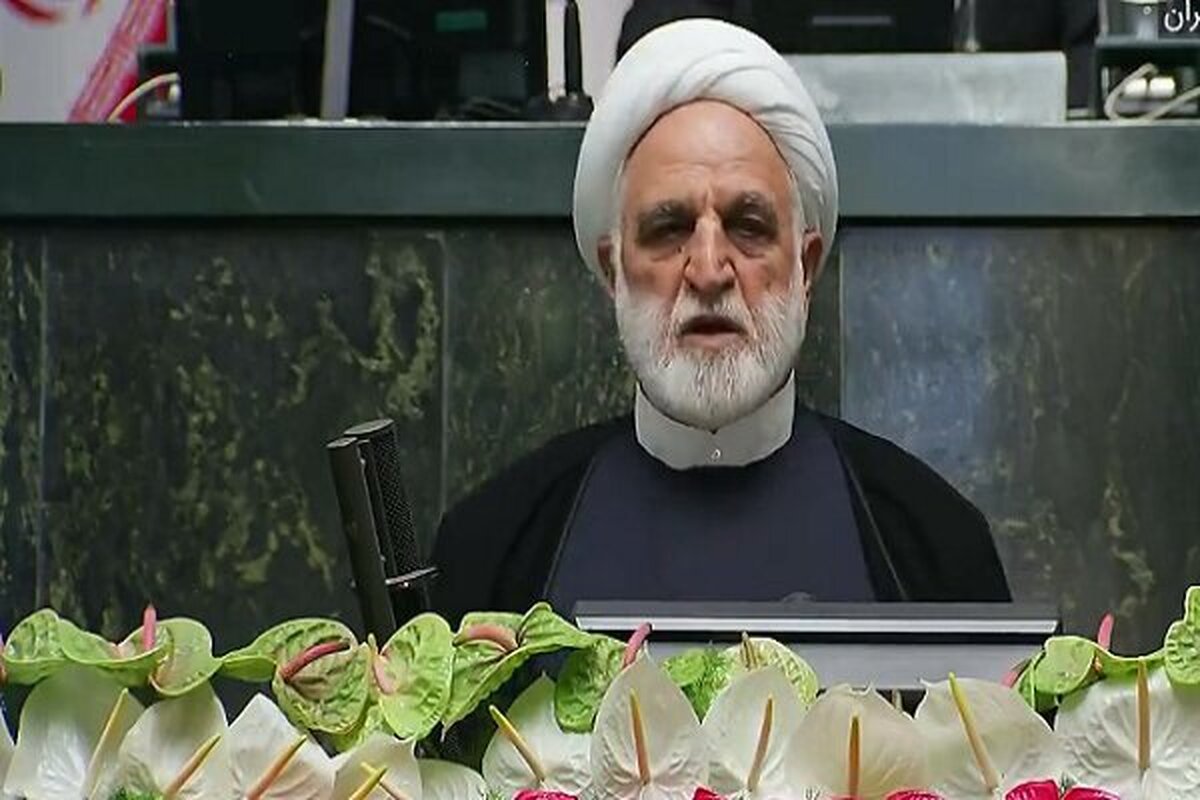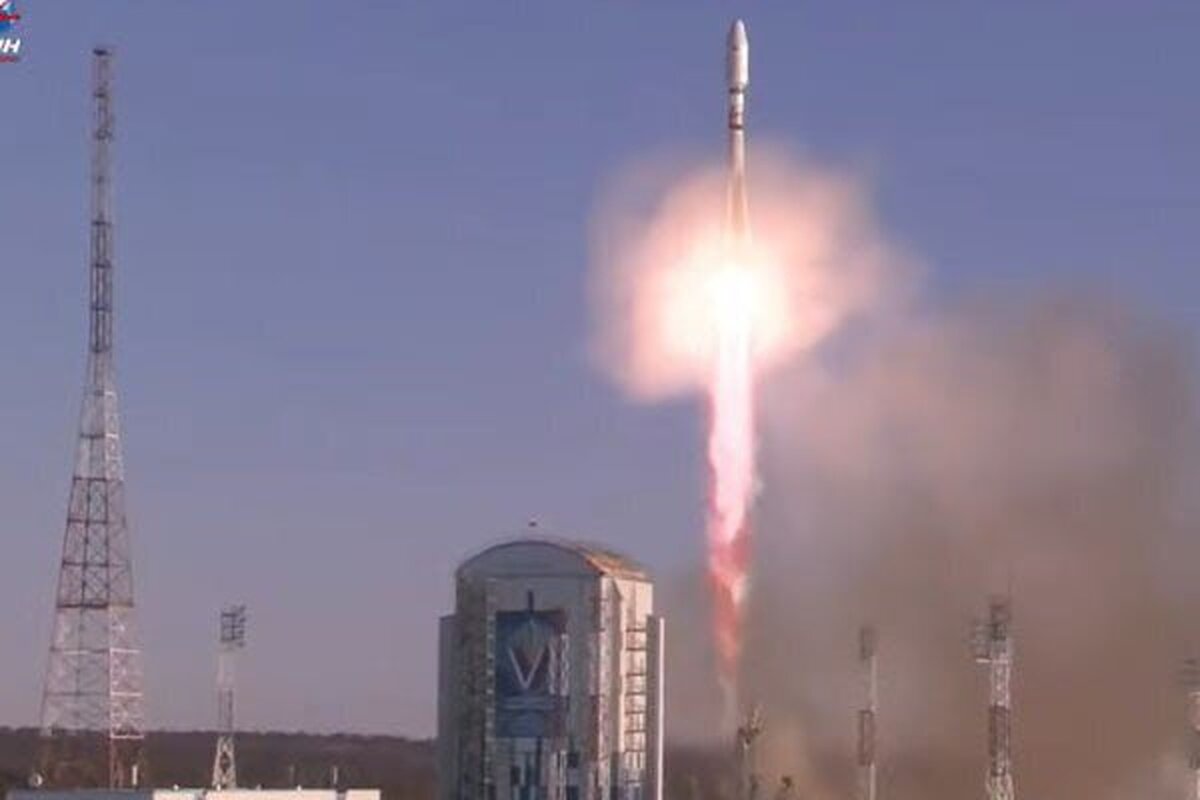
Islamic Republic Working on Two Satellite Launch Vehicles
EghtesadOnline: The Islamic Republic has initiated two projects to develop more advanced satellite launch vehicles, Iran Space Agency’s chief says.
Morteza Barari also detailed the program in a talk with Financial Tribune on the sidelines of an event held in Tehran on Monday to mark the 11th anniversary of Iran’s first successful satellite launch, Financial Tribune reported.
According to Barari, two Iranian SLV projects are in the pipeline and the rockets are named Sarir and Soroush.
Barari said Sarir can carry a payload of over 500 kg up to an altitude of 1,000 km, adding that the SLV’s length and diameter would respectively be 35 and 2.4 meters.
“The second SLV, which will be developed in the more distant future, called Soroush would be able to carry a payload of over 1,000 kg up to an altitude of 36,000 km,” he added.
Soroush would be a liquid-propellant rocket with a diameter of 4 meters.
The space agency’s director also said Iran is establishing a data center where information harvested by satellites would be stored and offered to startups and tech firms.
According to Barari, the agency is implementing an open API approach.
API, or Application Programming Interface, is a package of codes that may or may not do a task independently. A well-designed API makes it easier to develop a computer program by providing all the building blocks, which are then put together by programmers. The code packages are highly likely to be accessible through a website.
Other speaker at the event was the manager of satellite Omid, Hossein Shahrabi Farahani, which was launched in 2009. Omid, a data-processing satellite, was Iran's first domestically-made satellite.
Omid has played an active role in Iran’s space program over the past decade.
During the event, Barari also spoke about the upcoming launch of the satellite Zafar1 on Friday.
Simorgh SLV will put Zafar1 into orbit. The satellite launch will be operated and monitored by three stations in Charmshahr (Tehran Province), Mahdasht (Alborz Province) and Qeshm Island (Strait of Hormuz).
The SLV called Safir2 is an Iranian small-capacity orbital carrier rocket that was originally scheduled to make its maiden flight in 2010. The project was unveiled by then-president, Mahmoud Ahmadinejad, in February 2010.
Zafar1 is a 90-kilogram remote-sensing satellite equipped with color cameras, which could be used for surveying oil reserves, mines, jungles and natural disasters. If the launch is successful, it will orbit the earth at an altitude of 530 kilometers.
Barari again said Iran will launch four satellites in the next fiscal year (starting March 20, 2010). He had earlier told Tasnim News Agency that Iran will launch two remote sensing and two communications satellites.
Previous Efforts
Iran had successfully launched a remote-sensing satellite, Navid, in 2012. The experimental Earth observation satellite was developed by Iran University of Science and Technology researchers.
The satellite, which took high-resolution images of Earth, could be used for observing natural phenomena.
It was placed into orbit by Iran-made Safir carrier rocket on Feb. 3, 2012. After flying 250 kilometers above the Earth for almost two months, Navid reentered the atmosphere on April 1, 2012.
Barari said, “Last year, we tried to put the satellite Payam into orbit, 500 kilometers above the Earth’s surface. However, due to some complications, including a sharp surge in temperature [during the launch], the mission did not succeed.”
He noted that another satellite, Dousti, was also launched in the last Iranian year (March 2018-19) without success.
However, Barari believes that every step Iran takes toward developing space technologies will provide local scientists with invaluable insight.
“After last year’s two launches, a committee was set up to determine the shortcomings of those projects. All those problems have been resolved,” he said.
Dousti (meaning friendship in Persian) was a locally-made micro-class 52-kg satellite that was put into orbit at an altitude of 250-310 km. It reportedly had a spatial resolution of 10 meters.
Payam (meaning message in Persian), a micro-class 100-kg non-military satellite, was to orbit about 500-600 km above the Earth's surface and perform imagery and telecom tasks.



